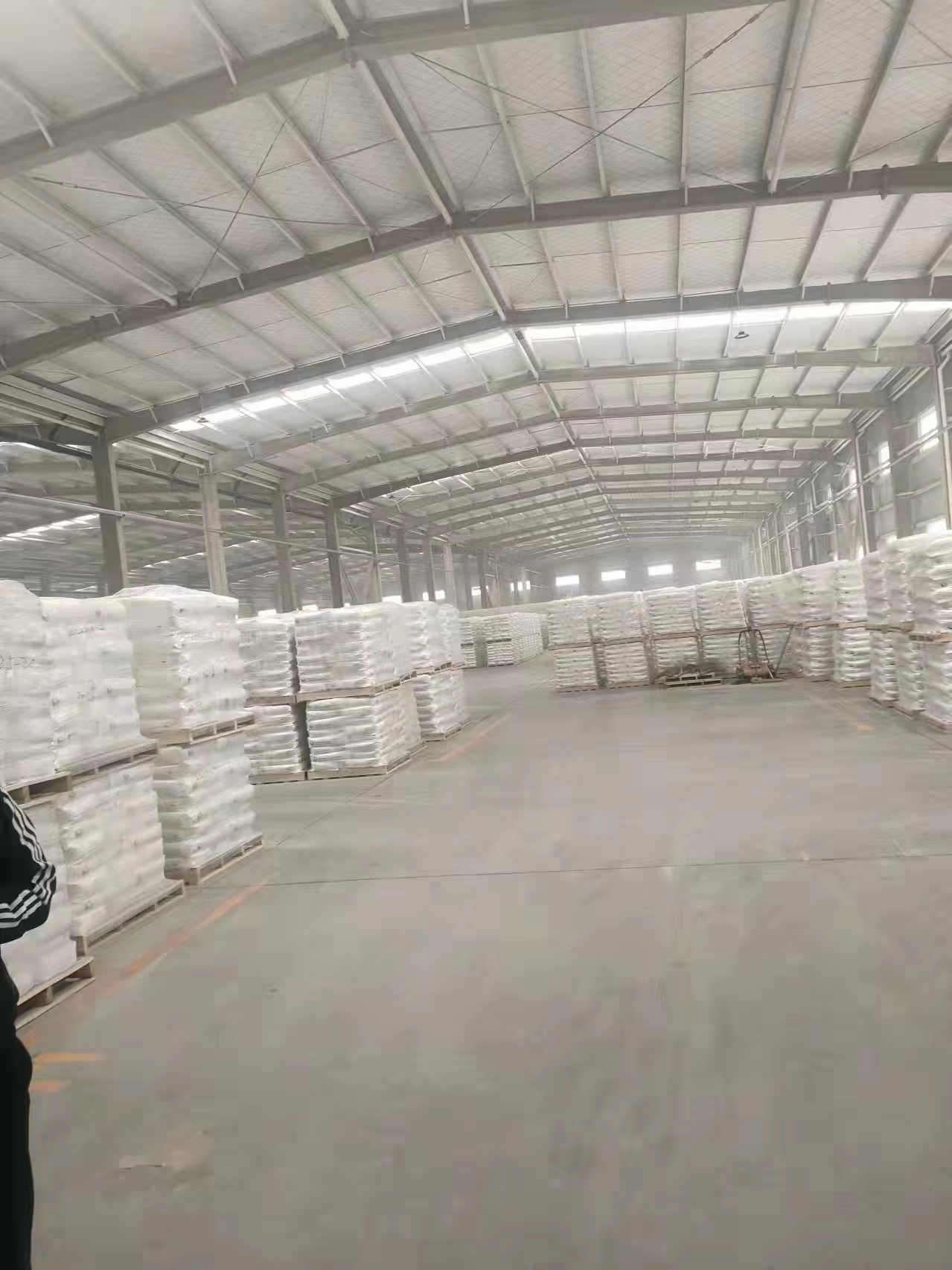
டிசம்பர் . 13, 2024 11:35 Back to list
Titanium Dioxide Applications for Pigment Production and Manufacturing Techniques
Titanium Dioxide (TiO2) for Pigment Manufacturers A Comprehensive Overview
Titanium dioxide (TiO2) is a white inorganic pigment that has gained prominence in various industrial applications, especially in the paint, coatings, plastics, and paper industries. Due to its exceptional opacity, brightness, and UV resistance, TiO2 has become the standard for delivering quality and durability in pigment formulations. This article explores the critical role of TiO2 for pigment manufacturers, its production methods, applications, and the future landscape of this vital material.
Understanding Titanium Dioxide
Titanium dioxide is composed of titanium and oxygen, occurring naturally as the minerals rutile, anatase, and brookite. The synthetic production of TiO2 primarily involves two processes the sulfate process and the chloride process. The sulfate process involves the reaction of titanium-containing ores (such as ilmenite) with sulfuric acid, while the chloride process uses titanium tetrachloride (TiCl4) with oxygen and is generally more efficient and environmentally friendly.
TiO2 is characterized by its high refractive index, which imparts excellent whiteness and opacity, making it an ideal choice for pigment applications. The ability of TiO2 to scatter light effectively ensures that products appear vivid and can cover underlying substrates, a critical requirement in paints and coatings.
Applications of TiO2 in Pigments
1. Paints and Coatings The paint industry is the largest consumer of TiO2. Its incorporation provides superior coverage, weather resistance, and durability to exterior and interior coatings. The pigment's UV stability also enhances the longevity of the paint, making it suitable for various environmental conditions.
2. Plastics In the plastics sector, TiO2 serves not only as a pigment but also as a filler that enhances the mechanical properties of plastic products. Its ability to improve opacity while maintaining brightness makes TiO2 an essential additive in the manufacturing of plastic containers, films, and automotive parts.
3. Paper Products The paper industry utilizes TiO2 to produce high-quality paper with excellent brightness and opacity. Coated papers often feature TiO2 to ensure a smooth finish and improved print quality, making it a crucial component in the production of magazines, catalogues, and high-end packaging.
4. Cosmetics In the cosmetics industry, TiO2 is valued for its sun-blocking properties and is widely used in sunscreens, foundations, and other beauty products. Its non-toxic nature makes it an ideal ingredient for personal care formulations.
tio2 for pigment manufacturer

5. Food Industry Interestingly, TiO2 also finds applications in the food industry as a food coloring agent, providing a white hue to various products. However, the use of TiO2 in food is subject to strict regulations, and manufacturers must adhere to safety standards.
Environmental and Health Considerations
Despite its widespread use, titanium dioxide has come under scrutiny regarding its environmental impact and potential health risks. In its nanoparticle form, TiO2 has raised concerns about inhalation risks, leading to stricter regulations in some regions. Manufacturers are increasingly focusing on responsible sourcing and production methods to minimize environmental impact.
Moreover, there is a growing emphasis on developing safer and more sustainable alternatives to TiO2. Innovations in biopigments and other eco-friendly materials are emerging as manufacturers seek to reduce dependency on traditional TiO2.
Future Trends in TiO2 Pigment Manufacturing
As the demand for high-performance pigments continues to grow, the market for TiO2 is expected to expand. Industry trends indicate an inclination towards sustainable practices, with manufacturers investing in research to enhance the efficiency of TiO2 production and minimize its environmental footprint. The integration of digital technologies in pigment production processes is also gaining momentum, promising greater precision and reduced waste.
Furthermore, the rise of eco-conscious consumers is likely to shape the future landscape of TiO2 manufacturing. Companies that can effectively address these concerns by developing sustainable practices and producing safer alternatives are poised to thrive in this evolving market.
Conclusion
Titanium dioxide remains a cornerstone in the pigment manufacturing industry due to its unparalleled properties and versatility. As the industry navigates through environmental and health challenges, a concerted effort is required to foster innovation and sustainability in TiO2 production. By embracing new technologies and approaches, pigment manufacturers can ensure that TiO2 continues to play a vital role in creating vibrant, durable, and eco-friendly products for various applications.
-
High Quality China Black Iron Oxide Powder Supplier Competitive Price & Fast Delivery
NewsJul.08,2025
-
High Quality Titanium Dioxide Used in Rubber – Trusted Supplier & Factory Price
NewsJul.08,2025
-
High Purity Barium Sulfate Particle Size - Wholesale Manufacturer from China
NewsJul.07,2025
-
Premium Titanium Dioxide Lomon R-996 Supplier – Quality & Wholesale Price from China
NewsJul.07,2025
-
Top Titanium Manufacturers in China - Quality Titanium Dioxide Supplier & Production Line Solutions
NewsJul.06,2025
-
OEM Titanium White Supplier & Factory – High Purity, Consistent Quality for Industrial Use
NewsJul.06,2025
